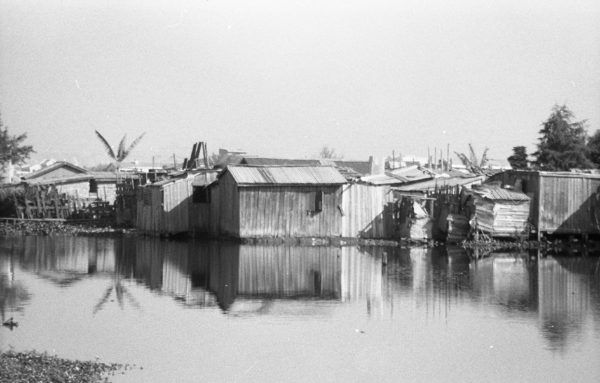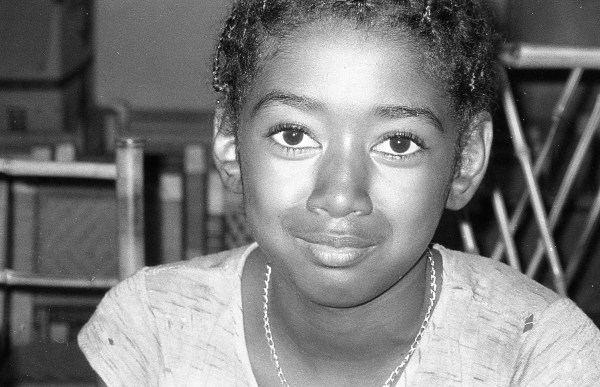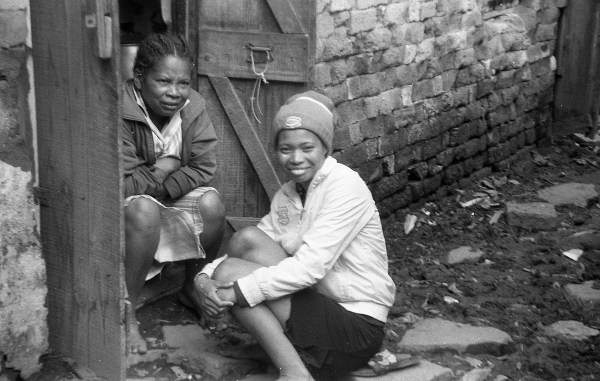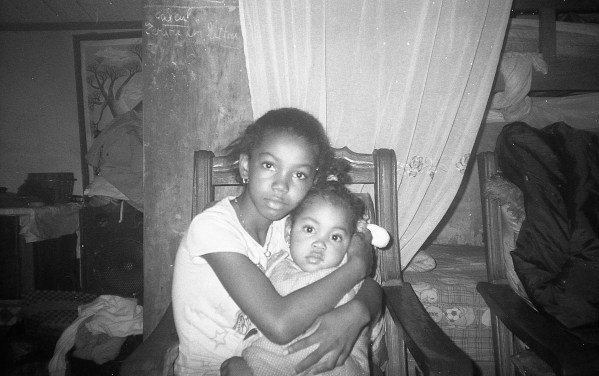This is the third in series of posts in which I write about introducing kids to photography, using point-and-shoot film cameras from the 1980s and 90s, at the youth center, Le Cameleon, in Antananarivo, Madagascar. You can find previous posts in this series here, here and here.
When it came time for the kids to choose their third roll, I had extra color and black-and-white film and I offered them their choice. I was hoping they’d opt for black and white, and they generally did – but I think it was mainly because they knew this would be their last roll before we had to wrap up the project, and my color film was 24-exposure and the black and white offered 36!
Feno
For some reason, this roll of Feno’s turned out a bit out of focus, but it can have a lot to do with the camera we gave him. I still appreciated his choice of subjects, and honestly every photo doesn’t have to be razor-sharp to be good. His photos make me a little nostalgic for the many times we went to Anjezika, both to build the center and to work with the kids, because I think they accurately capture the mood of the neighborhood.




Hasina
Hasina rejoined the group for the final session. We learned that he doesn’t actually live in the community, but has to walk several kilometers to enjoy the center’s services; maybe he has relatives here – we weren’t really sure. But I thought this was a phenomenal photo, even with the framing issue – if it were mine, I’d fix it with a slight crop. And yes, I know that’s cheating!

Nevada
Nevada also re-joined us for the final session, and we had a hard time selecting just a few photos from a roll which pretty much all turned out well. She clearly likes portraits, and the only real problem was occasionally cropping the tops.






Nantenaina
Nantenaina was our most regular participant – he was always the first to arrive, and his results were consistently good, once he stopped opening everyone’s cameras 😉
I like his attention to backgrounds.








Sarobidy
Sarobidy also proved she has an excellent eye and attended every session, studying her proof sheets carefully to see how she could do better. For this last session I had told each of the students to try and capture things that were important to them or held meaning, and I think Sarobidy did this well. Like some of the other kids, she often wanted to be the subject of the photo, but she would set up the scene and then let the other person know when to press the shutter button.








So what’s next? Unfortunately, we didn’t have time to implement the entire program we had envisioned – I had wanted to print their best photos in large format and host an exhibition at the center, but we simply ran out of time. I was able to print postcard-size photos of all of their best shots and I left them their negatives. Rendi, a friend of the center living in the United States, donated a digital camera which Nantenaina uses to shoot updates for the Facebook page; and they are working on getting a DSLR. Safidy, our partner and the visionary behind the center, is mentoring three of the kids to see if their early exposure to photography can translate into something that can lead to a better future for them.
And as for me, I’ve moved on from Madagascar, but I’ve learned from the experience and am looking forward to implementing this program again in other countries and communities!


Pingback: Introducing Kids in Madagascar to Photography: Results (2) | TAZM PICTURES